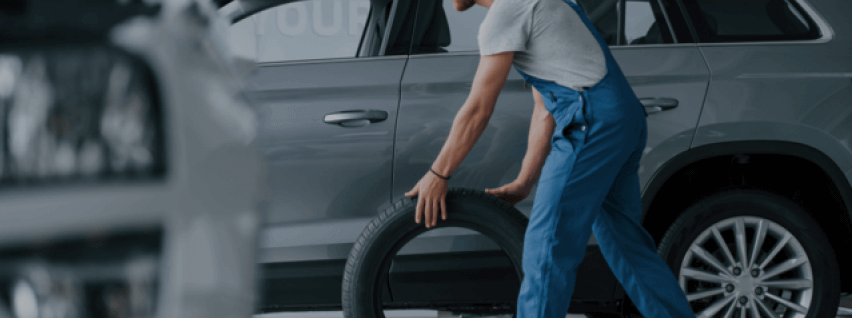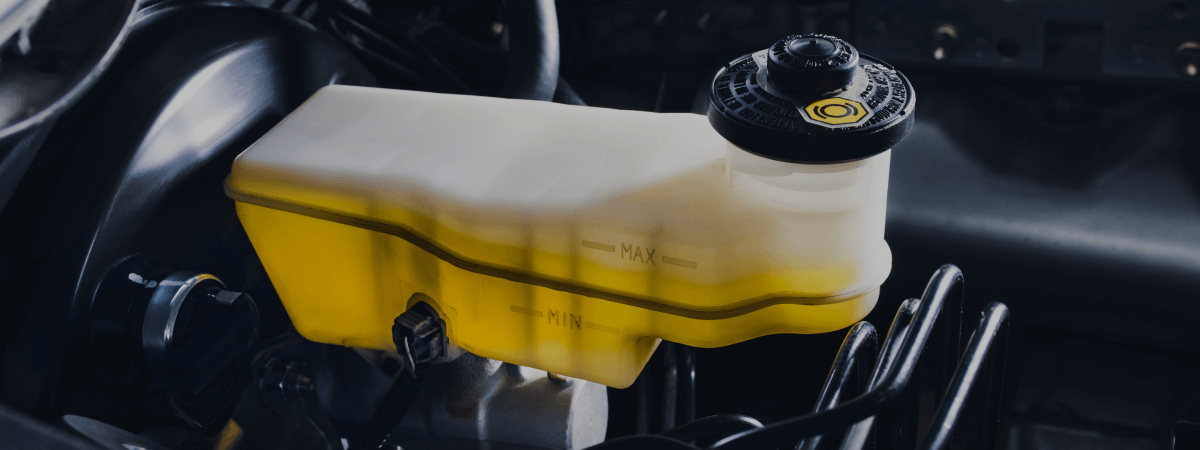Constant-velocity joints (CV joints) are special joints designed to allow power to transfer from the drive shaft without increasing friction, at a variable angle, and at a constant rotational speed. They are used in various drive systems. Rear wheel drive automobiles often have CV joints at the end of the rear axle half shafts. Some of the newer models also have CV joints on the prop shafts.
All-wheel drive and front wheel drive cars are made with CV joints in the drive systems. Some specialized cars, like the Audi Quattros, have CV joints in the prop shaft and on all four half-axles, totaling as many as ten CV joints on one car. The CV joints have a CV gaiter, a rubber boot that protects the joint from dirt and debris that would quickly wear it down. Thus the CV gaiter needs to be checked for damage.
The CV joint replaced the earlier universal joint. Invented for other purposes by Gerolamo Cardano in the 1500s, it was the standard in autos for many years. The universal joint has its purpose, in that it can be made with great strength and is simple to manufacture. But it cannot handle extreme angles well and needs more maintenance than the CV joint.
Alfred Rzeppa filed a patent for the Tracta CV joint in 1927. The tracta joint has a double tongue and groove joint. It is made up of two forks and two semi-round sliding parts. These interlock in a floating connection. The tongue and groove joint are out of phase with the yoke jaws, allowing for constant velocity rotation.
Rzeppa joints, in particular, have a round inside with 6 grooves that guide balls. The input shaft is placed inside the large metal gear. The metal gear is inside a cage that has six openings. The benefit of this joint is that it can take major angle changes caused by the front wheels turning sharply, ranging from a 45-52 degree articulation.
The tripod joint is used in the driveshaft at the inboard end. The shaft has a three-pointed yoke attached and roller-bearings shaped like barrels. These bearings run through grooves inside a cup. Engine rocking does not preload the bearings as the shaft is able to move in a plunge movement, up to50mm of plunge and 26 degrees of articulation.
Weiss joints have two ball yokes located commonly by four balls. Two of the balls preload the joint while the other two transmit the torque. Unlike the Rzeppa, no cage is necessary for this design. And the double cardan has a short intermediate shaft length, making it possible to mount the two Hooke’s joints back to back. These joints are usually used in steering columns and to replace Rzeppa CV joints when impulsive torque loads and high-articulation angles are used. The CV joint has various purposes for many drive systems and is thus an integral part of auto assembly, and will most likely continue to be so for many years to come.
Want to learn more about the different parts of your car? Check out Final Touch Automotive’s Exhaust Garage reference section to learn more about mufflers, catalytic converters, and exhaust systems.
Related Posts
Key Takeaways On average, passenger vehicle tires last 40,000 to 60,000 miles, depending on type, driving habits, and maintenance. Replace tires when tread depth reaches 2/32”, if damaged, or older than 10 years. Regular rotation, alignment, and proper inflation extend tire life. Aggressive driving, poor roads, and harsh weather shorten tire lifespan. Take advantage [...]
When you think about car maintenance, you probably focus on oil changes, tire rotations, and maybe even brake pad replacement. But what about your brake fluid? If you’ve ever wondered, “What does brake fluid do?” or “Why is brake fluid important?”, you’re not alone. Brake fluid might not be the most talked-about part of [...]
Is that high-pitched squeal from your brakes driving you—and everyone else—crazy? Don’t ignore it. Squeaky brakes aren’t just annoying, they’re your car’s way of saying something needs attention. Whether you're cruising through Salt Lake City or winding up Idaho’s mountain passes, here’s what’s likely going on, how you can fix it, and when it [...]





